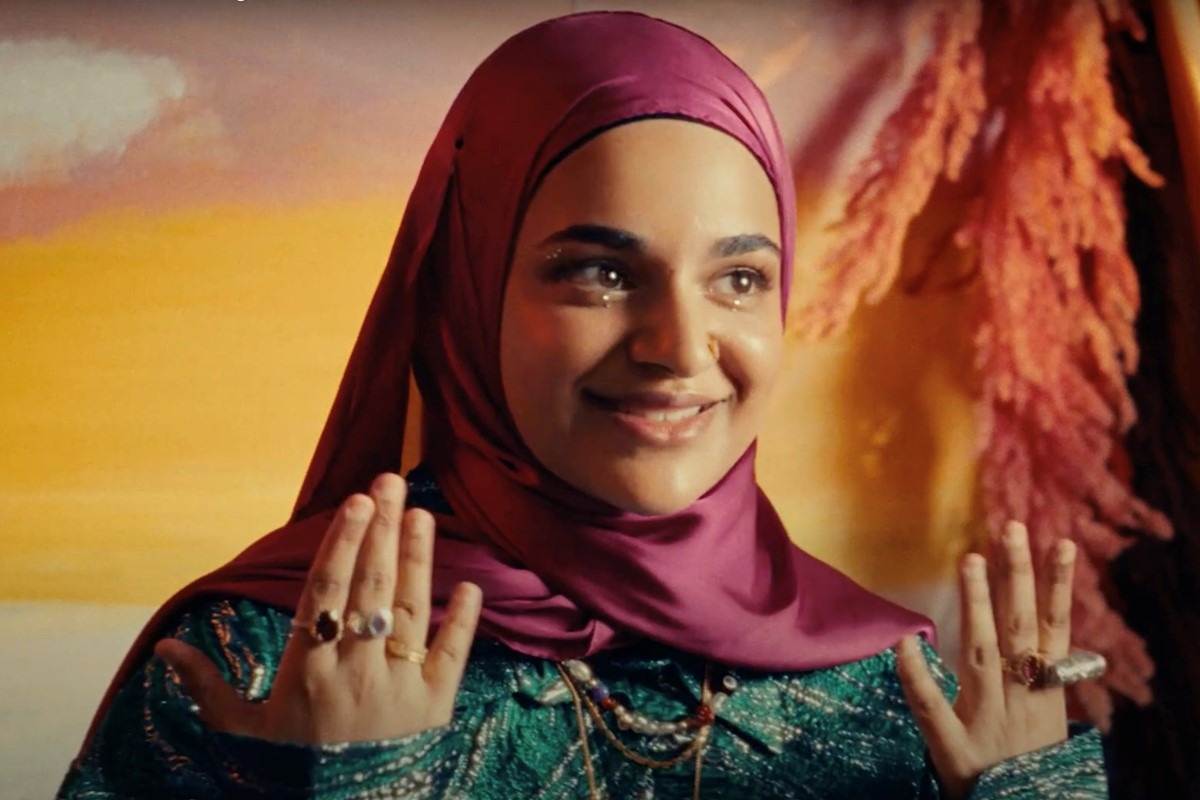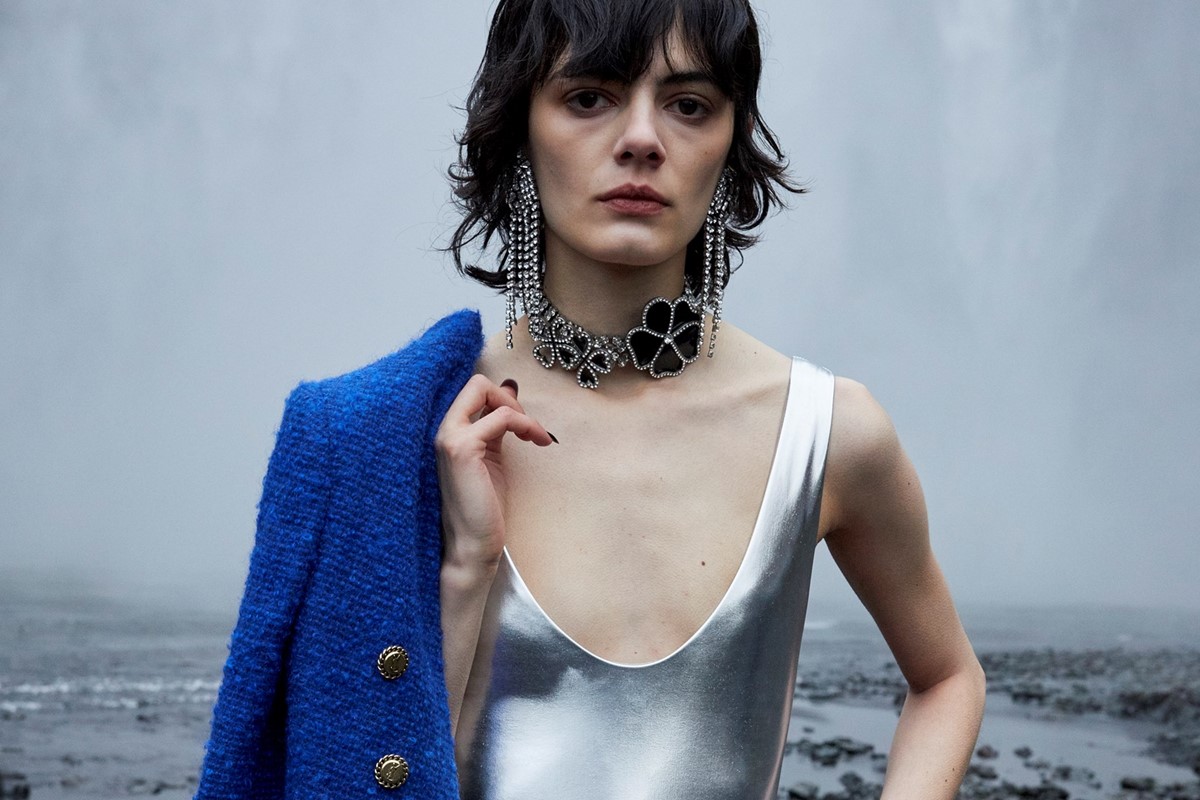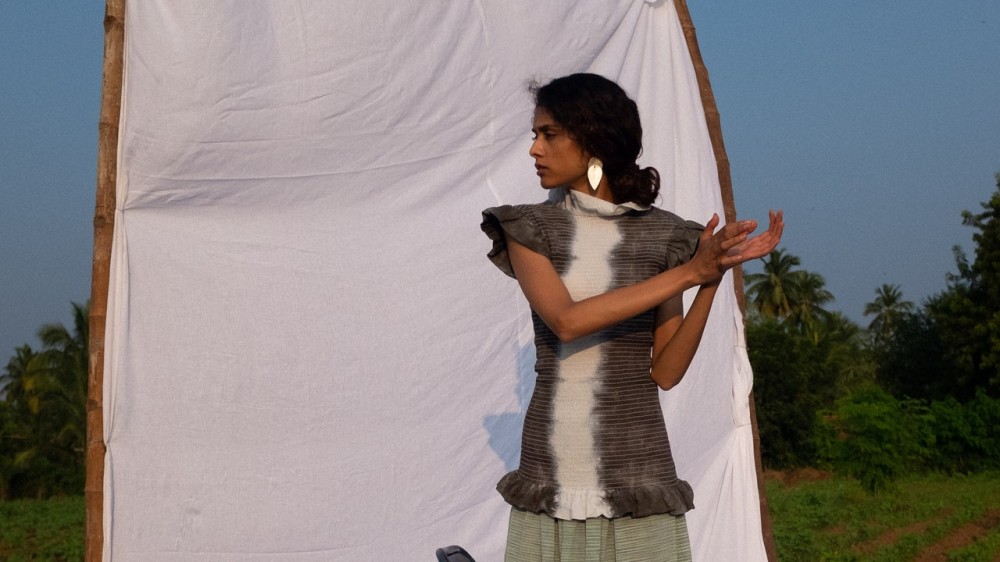
This film unravels the fashion industry’s knotted relationship with Islam
In A Place Where We Belong, Asmae el Ouariachi makes the link between faith and fashion, exploring the industry’s stunted understanding of Muslim women
Unless it’s one of John Galliano’s pervert priests or Dolce & Gabbana‘s deeply-repressed – but turbo-sexed – clergy women, faith rarely comes into contact with fashion, its dogma seemingly at odds with the arts’ more transgressive values. This is particularly true of non-Western religions, whose believers have been siloed from the industry for reasons of prejudice and bigotry. But is there a world where religion might actually be deemed modern? Where creativity and creed not only co-exist, but actively bolster each other? A new film from Asmae el Ouariachi, a Dutch-Moroccan stylist, attempts to answer these kinds of questions, travelling through her own experience as a Muslim woman in the fashion industry.
“I’ve always struggled to find the balance between being the ‘perfect’ Muslim whilst living in a Western society, where the stereotype of the oppressed Muslim women still exists” she explains. “Even in an industry that campaigns for change, these misrepresentations create misunderstandings of Muslim women and exclude us from doing what so many of us love.” Titled A Place Where We Belong, the film spotlights a group of dancers, designers, and artists, as they speak on the ways in which Islam enriches their creative practice. “All the women that I asked to participate in this film share the same mindset, they’re pushing boundaries and teaching the world about themselves through their work.” Whether that’s via henna, floristry, clothing, or photography, all of el Ouariachi’s interviewees land on the same point: that choice is one of the most powerful tools a woman can exercise.




“It’s extremely important to showcase women doing whatever they want to do, whether that’s being fully-covered or nude,” Hana Zebzabi says during the film’s opening segment, followed by Naailah Khalifa, who shares her recent decision to “wear my religion on my body. On my sleeves, on my head. I want to walk down the street and say ‘Yeah I’m proud to be Muslim’.” Though representation has proved a limiting metric for progress, the hijab continues to be shunned from runways, studios, and boardrooms, with Halima Aden famously quitting modelling in 2020 after own beliefs were left compromised by stylists and photographers. “Modesty is a personal choice,” el Ouariachi says, “and yet, within fashion, it’s seen as something that is constricting and anti-liberal. There’s this stereotype of the veiled-woman as oppressed. But we have free choice, all the women here dress differently but they are all Muslim.”
This message has been articulated throughout the film’s art direction, with el Ouariachi crafting a welcoming and kaleidoscopic world of draped textiles, floristry, and thrifted bric-a-brac. “It’s meant to be celebratory, I wanted everyone to feel comfortable. I brought as many styling options as possible for each creative and they chose the looks they felt best in”. This resulted in buccaneering feathered hats, jewel-encrusted shirting, and spliced sportswear – which is far from the austere, punishing image that society has pushed onto the Muslim woman. “There is such a misunderstanding about religion. It’s seen as restrictive and antiquated, but depending on the individual, religion is surrounded by free choice. Respect is at the core of liberal values, and we should respect all people, regardless of their background.”
Having worked in the fashion industry for the best part of six years, el Ouariachi admits that she has been hesitant to speak directly on her life as a Muslim. “To be honest, I never included my background within my work, I just did what everyone else was doing, wanting to be a ‘likeable’ stylist.” But by stepping into her own heritage, A Place Where We Belong is the first project that she has “truly been proud of”. And of all the insights the film delivers, she says it’s Taslima Khan that best defines its objectives: “She explains that we shouldn’t be limited by race or religion, regardless of whether that’s in a creative space or not. We want to be living proof of that.” Towards the end of the film, the interviewees are asked what their working mantra might be, and el Ouariachi now turns that question onto herself – “I think it’s to stay true to yourself. No matter what. Educate people and be open to everyone.”
Director / Producer: Asmae el Ouariachi, DOP: Kiefer Passey, Cast: Hana Zebzabi, Naailah Khalifa, Nuzhat Fatima, Kazna Asker, Taslima Khan, Interviewer: Dalia Al-Dujaili, Gaffer: Mazin Mohammed, Art-direction & Stylist: Asmae el Ouariachi, Set designers: Susy Montana, Brie Ahmed, Eloise Passey, Hair and Make-up: Adrienne Van Der Merwe, Cheryl Basko-Humphreys, Editor: Bruna Tolomeli, Grading: Vanya Tomova, Sound recorder: Lysander Black, Sound design: Jimmy Gian, Location: GOOT studio, Thanks to: Dilemma, Limitée Pr, Hundredshow room.


